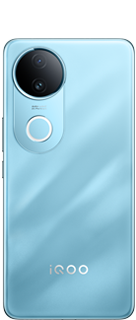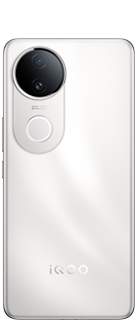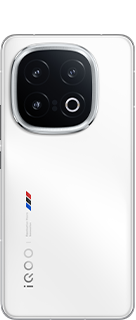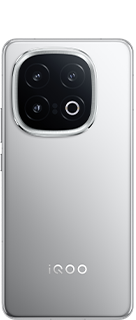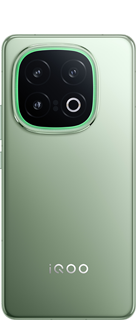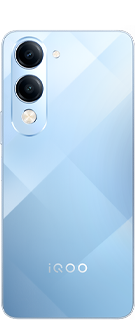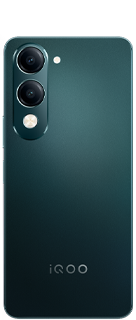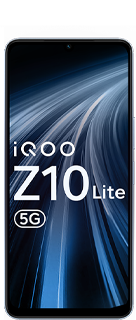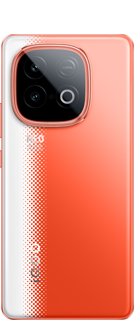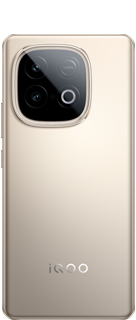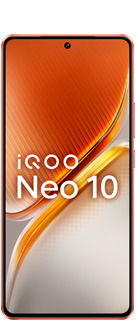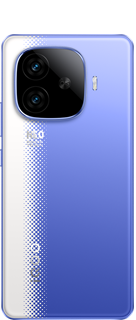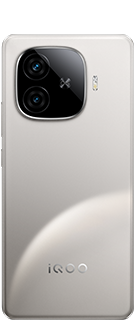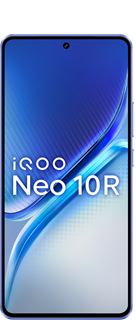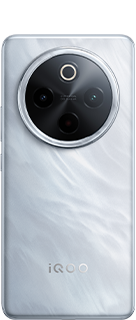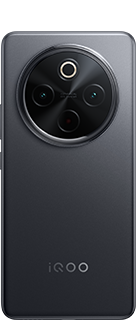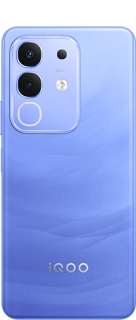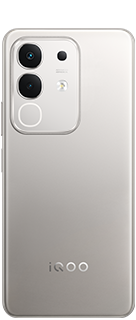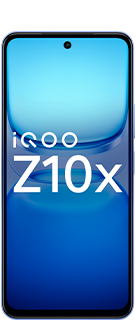iQOO NEO 6 Full Review | The E-Sports Beast🔥
Hey iQOO Fam!
As we all know about the brand iQOO is a brand that is wanting to keep the consistency by delivering the top-notch hardware at a perfect pricing with no compromises. Continuing the streak, iQOO came in with an ultimate mid-ranger that is specially designed for e-Sports players to Quest on the throne matching the performance parallel to their high skill set.
Following with a powerful introduction of the Powerful device, I am here with the full review of the iQOO Neo 6!
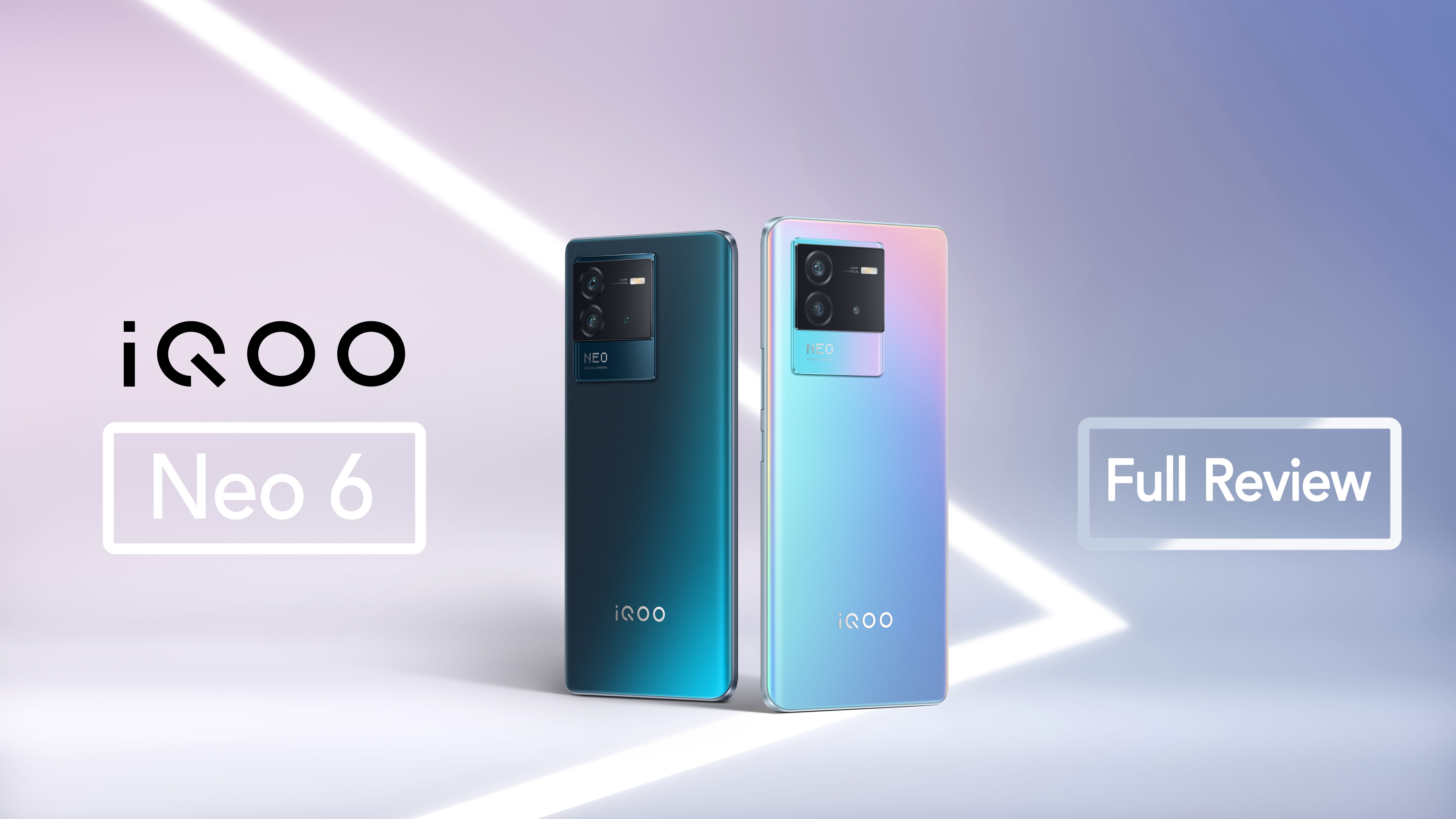
Design

iQOO Neo 6 comes in 3 different flashy colors, but in real life, they are not as flashy as they look in pictures. It has a premium appearance, is not as flashy as other phones, and has a small iQOO logo at the bottom. The plastic back has a fine texture that protects it from smudges, a square camera hood with NEO text embedded at the bottom, and a curved back for better grip. Also, it has survived some of the dips in water with no trouble. You may use it without case for the extra premium feel if you are confident enough because the body does not attract scratches easily.

Now Coming to the frame of the device, at the top it has got an IR sensor and a secondary mic, right frame has a tactile volume up/down and power on/off button, whereas the bottom frame has the main speaker, primary microphone, Type-C usb port and a dual-sim tray. The device is lightweight and compact, and if feels more compact to use it with a single hand when you opt-out using a case.
Display
It has an E4 AMOLED screen of 1080p resolution, a 120Hz refresh rate, and HDR10+ certification. The panel is too bright with 1300 nits, which helps to read the detail in direct sunlight. In terms of touch response, it's fluid with a 360 Hz touch sampling rate and a 1200 Hz instant TSR, which helps in arcade games. The display's internals include a housing for an in-display fingerprint scanner, a Punch Hole 16MP selfie camera, and a speaker on the earpiece, making the device stereo speaker enabled. You cannot ask for a better setup of hardware at this price because it is super fluid and matches the CPU's performance.

It has a colour-accurate display that conforms to sRGB, which is ideal for editing professionals. It works buttery smooth at a refresh rate of 120Hz, which consumes a little extra battery life, but it also has a smart switch option that can vary between 60Hz and 120Hz to reduce that. In addition, for streaming, the device includes HDR10+ support in all available applications out of the box. The brand hasn't revealed anything about protection, but it has a layer of Schott Xensation glass that's as good as Corning's Gorilla Glass 5.
Performance
The iQOO Neo 6 is created specifically for e-sports players. As a result, you can see that there is no compromise in performance. The most optimised and powerful chipset in this segment, Qualcomm Snapdragon 870, is used for this. The Snapdragon 870 5G chipset has an octa core CPU in a 1+3+4 configuration with a maximum power of 3.2GHz. To deliver flagship-level performance, the Adreno 650 GPU assists the CPU in easily completing all graphically intensive tasks. UFS 3.1 Storage with 8/12GB LPDDRX4 RAM is used to provide the fastest read/write speeds.

After an update, I got 90 FPS in BGMI, which then ran smoother than any other device in the segment. I've never had a heating problem, and CPU throttling is minimal when performing heavy tasks like gaming or video recording. While using the camera for an extended period, you may experience some heating, which is normal in smartphones. Because of the extensive vapor cascade cooling system with 5-Layer 3D graphite cooling plates. The SD870/Adreno 650 combination is one of the best performers in the smartphone CPU segment.
Camera

The iQOO Neo 6 has three camera housings. The primary camera is a 64MP Samsung (S5K)GW1 1/1.72 "A sensor with 0.8m pixels and a Tetrapixel filter is used. This sensor is paired with an OIS 25mm f/1.9 lens. The secondary lens is an OmniVision OV8856 1/4 Ultrawide 8MP lens "A sensor with 1.12m pixels. It is mounted behind a 16mm f/2.2 lens. A 2MP Macro Omnivision Lens is the third lens.
The front-facing selfie camera is a 16MP Samsung sensor.
Personally, I had a very positive experience with the Omnivision sensors; if you optimise the sensor to its full potential, it has the potential to become one of the best sensors. It's that good that the still shots don't need to be edited after they're taken.

The camera interface on the device is consistent from Vivo's flagships which is easy to use. Just after the launch, the camera was not optimized as it was overprocessing the images to an extent due to auto HDR malfunctioning but after few updates, the camera had a huge impact, and it improvised the images very much and stared taking close to natural images that looked appealing to eyes. Although the portrait images were fine back then, and it was convincing with the blur. Also, the 8MP ultrawide sensor seems low mega pixeled on paper but it got good sharp images with fine detailing's and accurate colors.
And Night shots came out bright, but some colors look overprocessed. One solution to that is capturing images in Pro mode fixes this issue and came be found out if both the images are kept side by side. And likewise, Ultrawide camera images produced well and natural.

The 16MP front camera had the same issue before as the primary camera, but the update fixed it all which was due to Auto HDR. The portrait blur did well in every scenario in terms of detecting human objects. Also in night shots, Selfie camera takes the task sportingly and produce amazing shots.
Video recording part is balanced. Except the macro lens both the other lane support video recording where Primary lens supports up to 4K 60 FPS recording whereas the ultrawide and selfie camera is limited to 1080p 30 FPS. The main camera has the OIS+EIS whereas ultrawide sensor has only EIS support and selfie camera has no stabilization.
The Video quality on the 64MP sensor and front camera both day and night is good whereas the Ultrawide sensor struggles in capturing details in many conditions. In Addition to that, audio quality captured is crisp and clear.
Battery

The iQOO Neo 6 is powered by a 4,700 mAh battery that can charge up to 80W. It can easily last a full day on a single charge, with a SoT of around 7 hours under normal conditions. Using the included 80W charging brick, I was able to charge the device from 0 to 100% in about 35 minutes at room temperature. Nonetheless, reaching 50% took only 13 minutes.
Note: Charging time varies depending on whether the device is heated or not properly stored. I recommend charging the device on a flat, solid surface to aid in heat dissipation.
Software

The iQOO Neo 6 ships with Funtouch OS 12 running on Android 12. However, it has recently received an update to FuntouchOS 13, which is based on Android 13. The home screen may give you a Stockish experience, but it is customizable according to your needs, which is a plus in custom Skins. The animations are smooth, with no jitteriness. It has a plethora of Gaming mode options that are specifically designed for e-sports players.
The Always on Display customizations, face unlock animations, charging animations, and fingerprint sensor animations were all appealing to me. It lacks NFC that I think is not a dealbreaker.
Inside the settings, the sound settings, like those of other brands, can be calibrated based on user preferences. I agree that there is bloatware preloaded, but it can be debloated if you put in the effort. I also discovered that you could get free themes in the theme store, which is limited to a few other brands. And the Android 13 update improved its refinement and security. To get more stable performance, I recommend that you flash your device after updating to Android 13. The brand promises 2 Major Android Updates and 3 Years of Security Updates.
Verdict

The iQOO NEO 6 is a performance champ because it delivers the best performance in the segment with a good camera for casual camera users; however, I cannot recommend it to professional photographers/videographers because it still has some drawbacks. The build quality is excellent, and the device can be used without a case due to its smudge-proof texture and curved edges for better gripping. It has a high-quality display that is a treat for OTT content consumers, with HDR10+ support out of the box. Overall, it provides much more of what a smartphone user could want in a value flagship, and it is now available for Rs. 28,999/- in India.
Hope you liked the in-depth review of the iQOO Neo 6 please share your thoughts in the comment section below. Also, if you want a review of any other iQOO Device do let me know, I'll test it out and review that too.
Signing Off
Aojesh (Moderator)
Please sign in
Login and share
